Hi, Sam here. Welcome back to a slightly different article from The Black Butter Club.
As some of you may know, I’ve been stuck in bed this week while I recover from a minor (but rather sore) surgery - my second of the year! Not a habit I plan to keep, but I’m getting better at making the most of my forced time off work. Because of this, I’ve been unable to get in the kitchen and have ended up spending more time online than usual. And wow, what a depressing place it’s become.
Doom and gloom, tribalism, conspiracies left, right, and centre, and verbal attacks aimed at strangers in comment sections.
Turning on the TV isn’t much better, though they do a smarter job of polishing it.
So, I decided to spend this time researching and sharing with you a collection of uplifting, positive stories from the world of food, farming, and the environment. Because it’s not all bad news. In fact, a lot of it is quite good. But good news isn’t as profitable, so it’s down to us to spread the word. And who knows? We might discover something heartening that could benefit our lives and communities too - wherever we may be in the world.
Some of these I have already posted as notes on the Substack app (hence their snappier tone), but the majority of readers aren’t on the platform, so I thought I’d share them here along with some extras.
What Havana Can Teach Us About Resilient Cities
Food doesn’t have to travel. It can grow where we live.
In the 1990s, after the collapse of the Soviet Union, Cuba lost most of its imported fuel, fertilisers, and food. Faced with crisis, they didn’t panic, they planted.
Abandoned lots, rooftops, and schoolyards were transformed into organopónicos, urban gardens fed with compost, tended by hand, and rooted in community. Today, Havana grows over 50% of its vegetables within city limits, and receives approximately only 16% of its food as imports from abroad.
They don’t use apps or drones or vertical farms, just soil, sweat, and shared knowledge.
It’s a reminder: we don’t need perfect conditions. We need community, courage, and compost.
If they could do it under embargo, what might we grow under relative abundance?
Imagine a rooftop turned food forest. A neighbourhood kraut shed. A school where every child knows how to plant, preserve, and pass it on.
Start small. Plant herbs outside the library. Ask your council about edible landscaping. Offer your garden as a shared plot.
Why does it matter if local communities can grow their own food?
Because it makes us resilient. It gives us agency. It brings back flavour, culture, and connection.
Food grown close to home is fresher, more nutritious, and often grown with care, for soil, pollinators, and people. It reduces reliance on fragile supply chains and turns passive consumers into active stewards. And perhaps most importantly, it puts nutrition back in the hands of people who care about nutrition over profit.
But more than anything, it reminds us that we can shape our world. With a handful of seeds and some shared effort, we become part of something regenerative, delicious, and real.
That’s why.
The food revolution doesn’t need permission or protests, it needs people willing to grow.
Start small, start today.
The Philippines | The Rice-Duck-Fish System
There’s Nothing New About Sustainable Farming
In the rice paddies of the Philippines, long before monocultures and synthetic fertilisers, farmers developed a system that reads more like a poem than a plan. Ducks, fish, and rice, three living elements moving together in a loop so elegant, it feels less like agriculture and more like ecology playing jazz.
Ducks waddle between the rows of rice, nibbling on weeds and insects. No need for pesticides, they’re feathered pest control with webbed feet. As they move, they stir the water, oxygenating it and keeping mosquito larvae in check. Their droppings, rich in nitrogen, fertilise the field.
Beneath the surface, fish glide through the warm, shallow water. Tilapia, carp, or mudfish, depending on the region. Their waste adds further nutrients to the water, nourishing the rice. They feed on duckweed, algae, and detritus, transforming what would be waste into sustenance. Some species even eat the insect larvae that ducks miss, and come harvest, the fish are gathered too, as a valuable source of protein grown alongside the grain.
Meanwhile, the rice, that most generous of grasses, anchors it all. Its roots bind the mud, its leaves shade the water, its straw offers shelter to more than fish and ducks, but also wild animals and insects living in the area.
No artificial fertilisers. No diesel pumps. No debt-spirals. Just trust in a living system fine-tuned through centuries of observation and adaptation.
It is easy, in an era obsessed with innovation, to forget that the most enduring technologies often aren’t technologies at all. They are relationships. Between species, land, and people. Between knowledge and care. The rice–duck–fish system is a reminder that sustainable farming doesn't always need to be invented. Sometimes it just needs to be remembered.
What three things in your life form a loop like this? Where is there a harmony between tasks, people, or species that feeds itself? How can we design more systems that work with, rather than against, the currents of nature?
Tigray, Ethiopia | Reclaiming the Hills
A story of erosion reversed, and of people who refused to leave the land behind.
There was a time when the hills of Tigray, in northern Ethiopia, were little more than dust. Wind-scoured and sun-hardened, they bore the marks of long droughts and short-sighted policy (sounds familiar?) Generations of overgrazing and deforestation had stripped the land bare. Crops failed. Wells dried. The soil ran off in rains that no longer soaked in.
But with those people stayed, something else took root.
Not a grand intervention, nor billion-dollar blueprints from afar. But shovels, and stones, and hands. Local knowledge, remembered and re-applied. They began to terrace the slopes, slowly, carefully, building up stone by stone. To plant with the contours of the land, not against them. To compost what had been waste. To sow native grasses and deep-rooted trees.
And the land responded.
The rains began to linger. The soil stopped running away. Springs that had dried decades ago began to trickle back to life. Insects returned. Birds followed. Crops grew. The colour green crept back across the landscape like a soft inhale.
In Tigray, entire regions have been restored through care, not force. Through listening to the land instead of trying to master it.
This is not just a story about soil, it’s a story about what happens when a community refuses to believe that damage is permanent. When regeneration is not a slogan, but a daily act. When land is not a resource, but a relative.
There is something powerful in this kind of patience. The kind that moves stones up hills. Holds the memory of what a place was before, and believes in what it might be again.
So the next time the problem seems too big, too wide, or too long gone, remember the hills of Tigray.
The hills were dust. Now they are alive. Because the people never stopped planting hope.
Farming Guided by Happiness: A Note from Bhutan
Bhutan didn’t set out to grow the most. It set out to grow well.
Instead of GDP, Bhutan measures Gross National Happiness, a holistic approach to development rooted in wellbeing, environmental health, cultural preservation, and good governance. In farming, this means placing care above profit, interdependence above competition, and long-term resilience above short-term gain.
Imagine a food system not designed to churn out the highest yields, but to nourish communities, protect the soil, and bring satisfaction to those who tend the land. What if the success of a farm wasn’t judged by its tonnes per acre, but by the joy of its harvest meals, the health of its ecosystems, and the strength of its local networks?
This is not naïve, it’s a blueprint worth studying.
Each citizen in Bhutan is surveyed with over 100 indicators related to domains such as psychological wellbeing, health, education, work-life balance, cultural diversity and resilience, good governance, community vitality, ecological diversity and resilience, and of course living standards.
Rather than averaging scores, Bhutan uses a sufficiency threshold. People are considered "happy" not based on perfection, but based on whether they have enough across a meaningful range of areas.
In short, happiness in Bhutan isn’t a feeling, it’s a system. A system that values balance, sustainability, and human dignity.
And crucially: it asks the right question. Not “How much did we grow?” But “Did we grow what matters?”
In a world where burnout is rife and our soils are tired, Bhutan is a shining reminder that thriving and producing are not the same thing. We can farm with joy. We can plant with the intention to care, for land, for people, for future generations.
Let’s ask: What would it mean to grow food for happiness? And what small step might we take toward that today?
India | The Millet Comeback
Once sidelined as “poor man’s food,” millets are now at the heart of a quiet agricultural revolution. Across India, these ancient grains, once relegated to the margins of modern farming, are being revived not out of nostalgia, but necessity.
Millets are remarkably climate-resilient. They grow on poor soils, require little water, and flourish without chemical fertilisers. In a world grappling with erratic rainfall, soil degradation, and the mounting pressures of industrial agriculture, millets offer something rare: a path forward that looks backward.
India’s millet revival isn’t just about agronomy. It’s about sovereignty, memory, nutrition, and dignity. For decades, millets were pushed aside in favour of water-intensive monocultures like wheat and rice, crops that dominated Green Revolution thinking but left ecosystems depleted and diets less diverse. Now, with growing awareness of nutrition, sustainability, and food security, millets are being reintroduced in school meals, public procurement schemes, and urban kitchens alike. The Indian government even declared 2023 the International Year of Millets, positioning these grains as a cornerstone of future resilience.
But the real lesson here isn’t just about India.
It’s about the foods we’ve forgotten. It’s about the resilience that lives in overlooked places. It’s about the need to diversify not just our crops, but our assumptions.
Every region in the world has its own "millet", a humble grain, a local staple, a time-tested method of preservation or cultivation once dismissed in the rush toward industrial sameness. The millet comeback is a call to rediscover these things. Not to resist modernity, but to root it in something older, wiser, and more enduring.
If food is culture, then reviving millets is an act of cultural memory, a way of feeding both body and story.
So let this be a reminder: what’s forgotten isn’t always obsolete. Sometimes, what’s been cast aside is exactly what we need most.
Kimjang | An antidote to modern food culture.
In South Korea, the turning of the seasons isn’t just marked by the arrival of snow, but by the spicy, joyful work of kimjang, a centuries-old tradition where families and neighbours gather to make kimchi together. Mountains of cabbages are salted, chilli and garlic are mixed into brilliant pastes, and hands work side by side to fill jars that will nourish households through the long winter. This isn’t just about food, nor is it necessary for survival like it once was. It’s about care. About continuity. About togetherness.
Kimjang is more than a task, it’s a ritual of interdependence. A time when generations meet around the table, laughter mingles with labour, and recipes are passed along with muscle memory. It is seasonal, collective, microbial - and profoundly human.
In a world where loneliness is on the rise and food is often treated as fuel, kimjang offers a radical reminder: that preservation can be a communal act. That as flavour deepens in the jar, so too do the relationships we tend while making it.
So what if we reclaimed this spirit?
What if preserving food became how we preserved connection?
Host a pickle party. Invite a friend to help you salt beans or bottle kraut. Share your ferments, your seeds, your surplus. Let the ritual of making food become part of how we belong to each other.
Because the deeper truth is: fermentation isn’t just about transformation in the jar.
It’s about nourishing us, together.
Switzerland – What We Reward, We Protect
Imagine getting paid to plant a hedgerow.
Not for how many kilos of grain it might yield, or whether it boosts your output per acre, but simply because it flowers in spring, feeds the bees, gives birds a place to nest, and slows the wind as it crosses your field.
In Switzerland, this isn’t a thought experiment. It’s policy. Farmers there receive subsidies not just for what they produce, but for how well they care for the land itself. The planting of wildflower meadows, the preservation of wetlands, the health of the soil, the presence of pollinators, it all these count.
It is, as far as we know, the only country in the world where biodiversity is explicitly subsidised.
And it works. As of 2024, over 96% of Swiss farms are enrolled in biodiversity programs. Meadows are richer in insect and bird life. Soils hold more water and carbon. The landscape, both cultural and ecological, is quietly recovering, but not in protest of modernity, instead it is in step with it. There is still immense pressure on biodiversity in the country, but as of November 2024, Swiss farms are implementing 19.3% of their utilised agricultural area as ecological focus areas (EFA).
This is what hope can look like: not a grand upheaval, but a gentle change in direction. A question of what we choose to value, and what happens when we start rewarding care as much as production.
Sometimes the answer isn’t more tech. Sometimes it’s paying people to plant a hedge.
And lastly, this is me.
I stand in a delicious ocean of vibrant genetic diversity stretching 32,000 years back to the wild grasses first collected by our ancestors. Each plant is unique, a slightly different shape, size, and shade. Native to this part of Wales, we grow them for the future, so that the seeds aren’t lost to history or pushed further into obscurity by corporate greed. The people who have kept these seeds, and countless like them, alive and growing over the generations never expected the kind of organised takedown that’s been happening all over the world. Standing here, in a field of oats that belong to nobody and everyone, shouldn’t be an act of rebellion.
I’m tired of our story being one of what was once so great but now lost.
Let’s make this story a gift that future generations can experience for themselves.
Images used throughout this article were all sourced from various websites. I do not own the copyright to them, except for the final photo of me. If you own any of the images and don’t wish for them to feature, please contact me and I will see it removed.





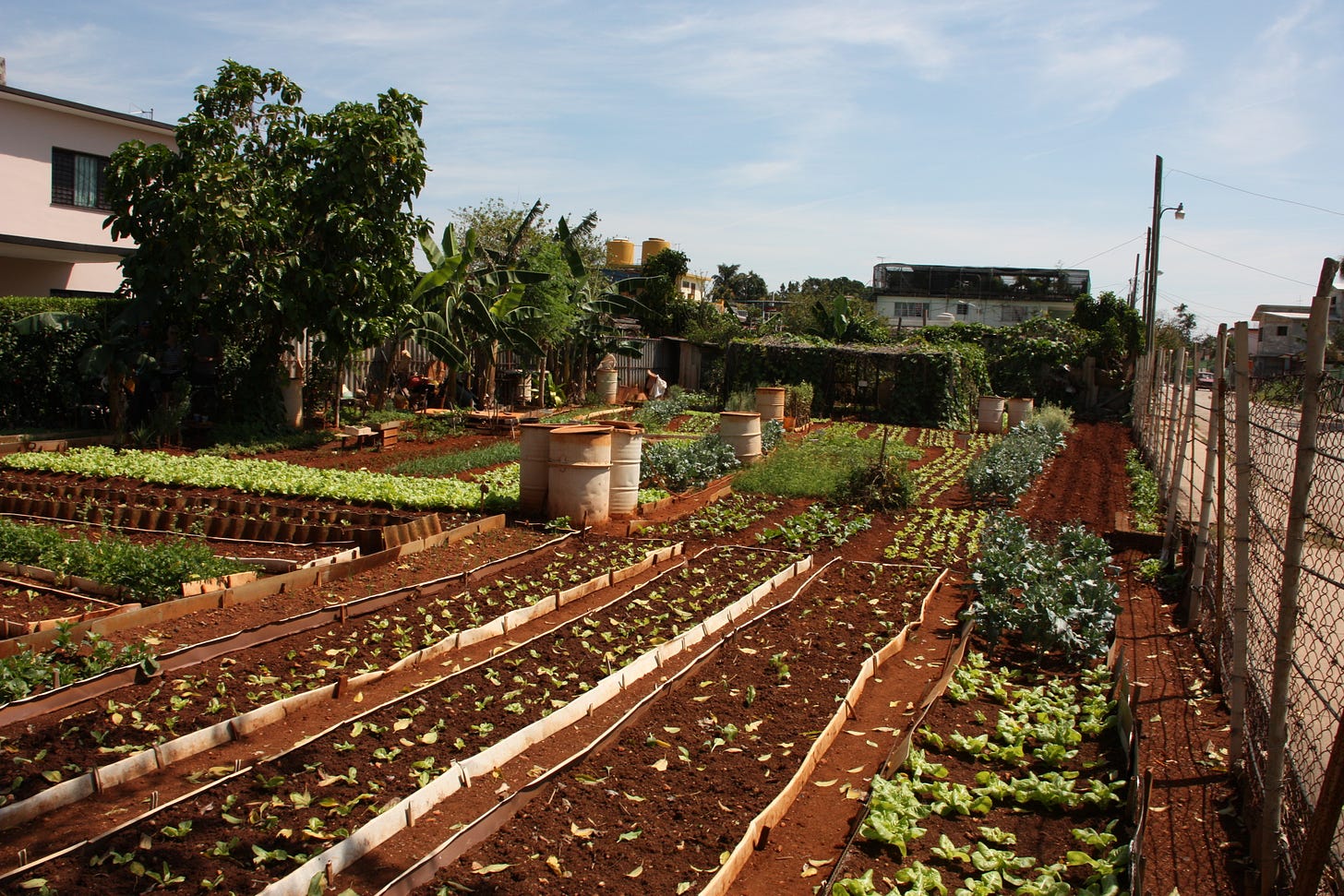


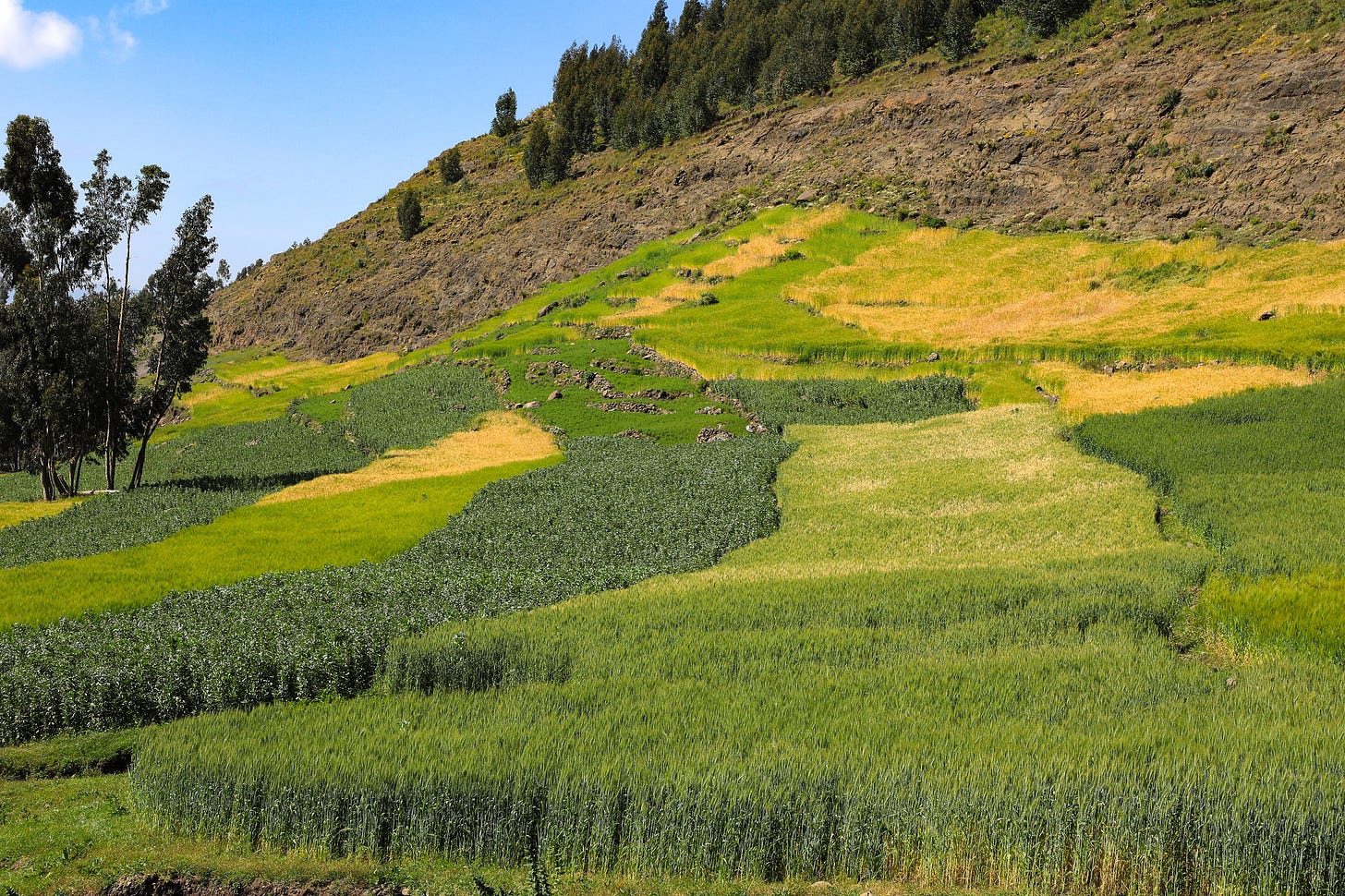
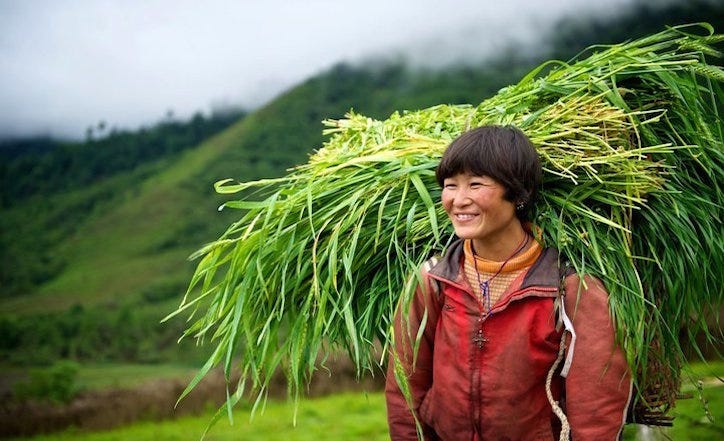
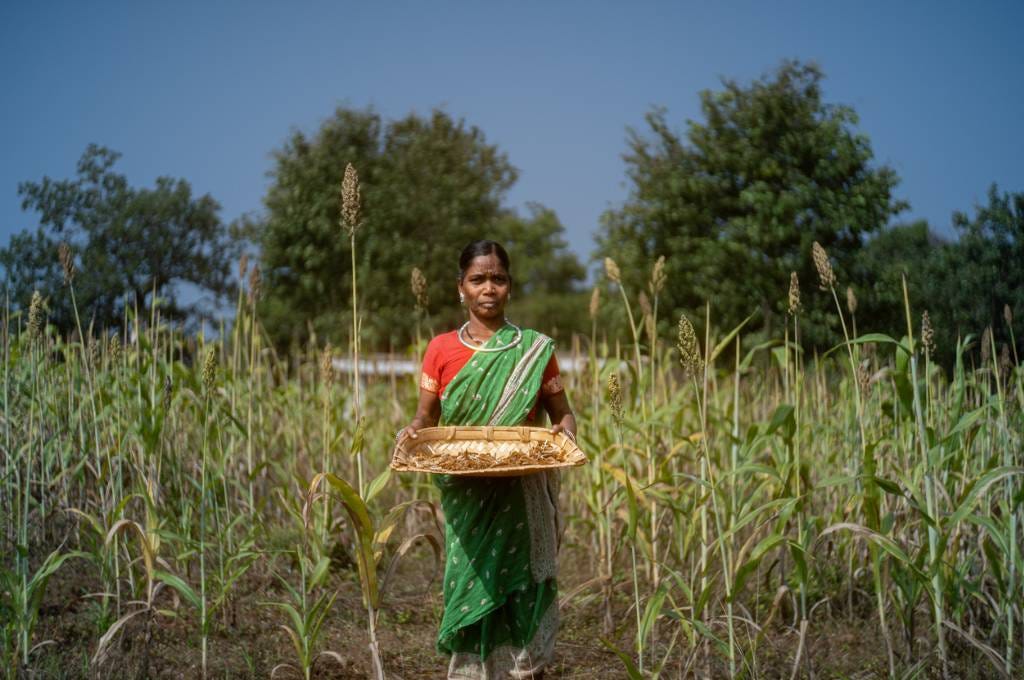
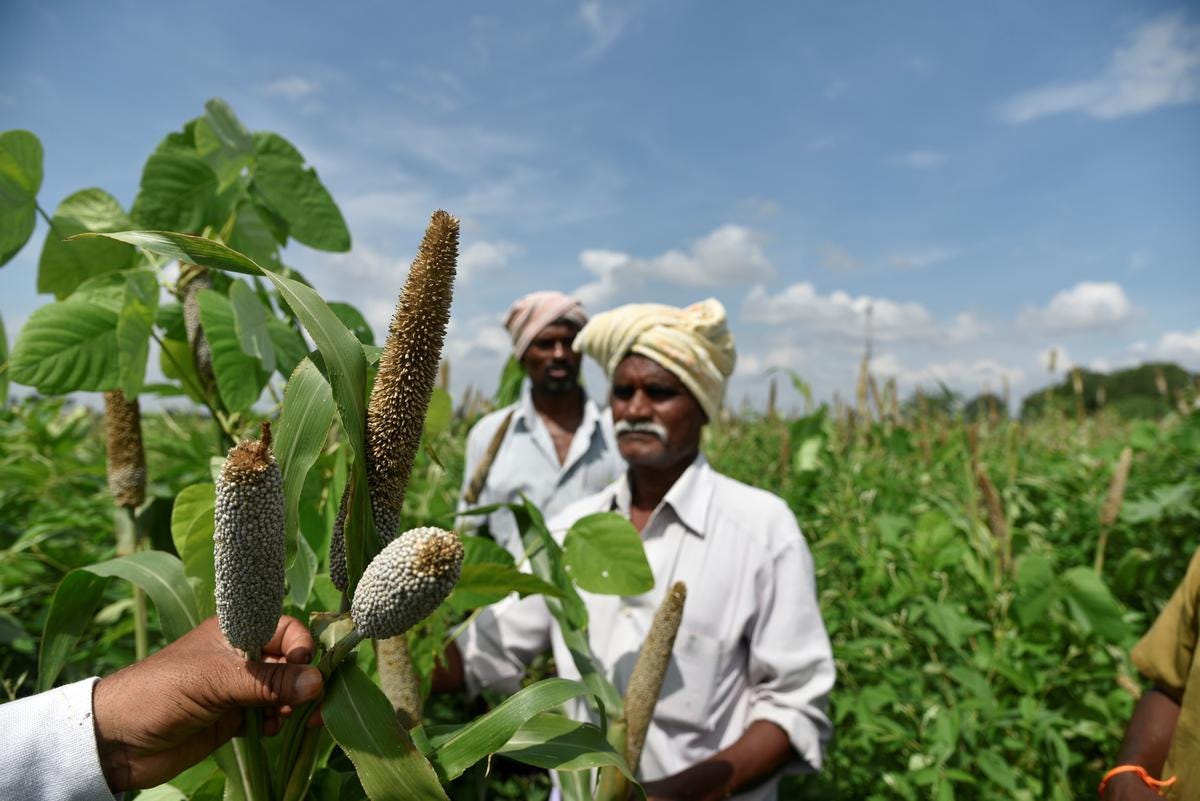

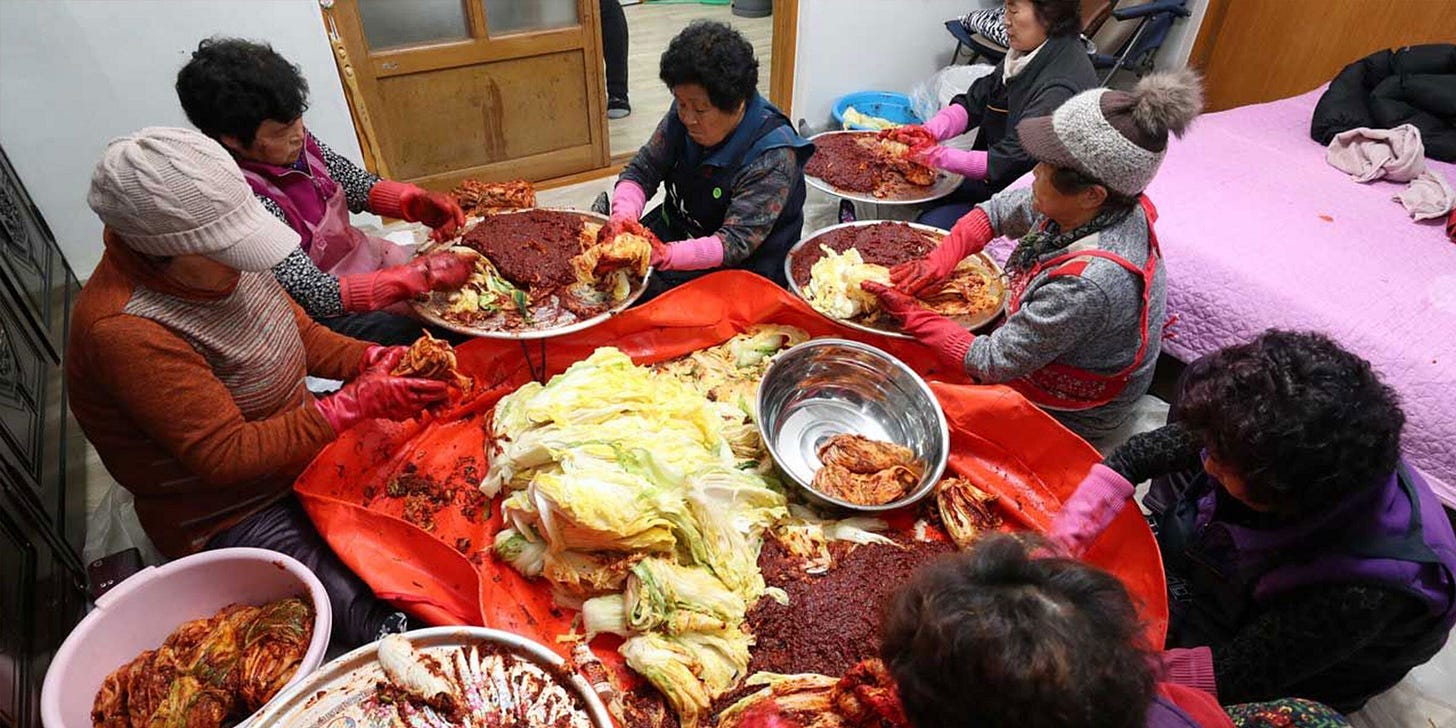
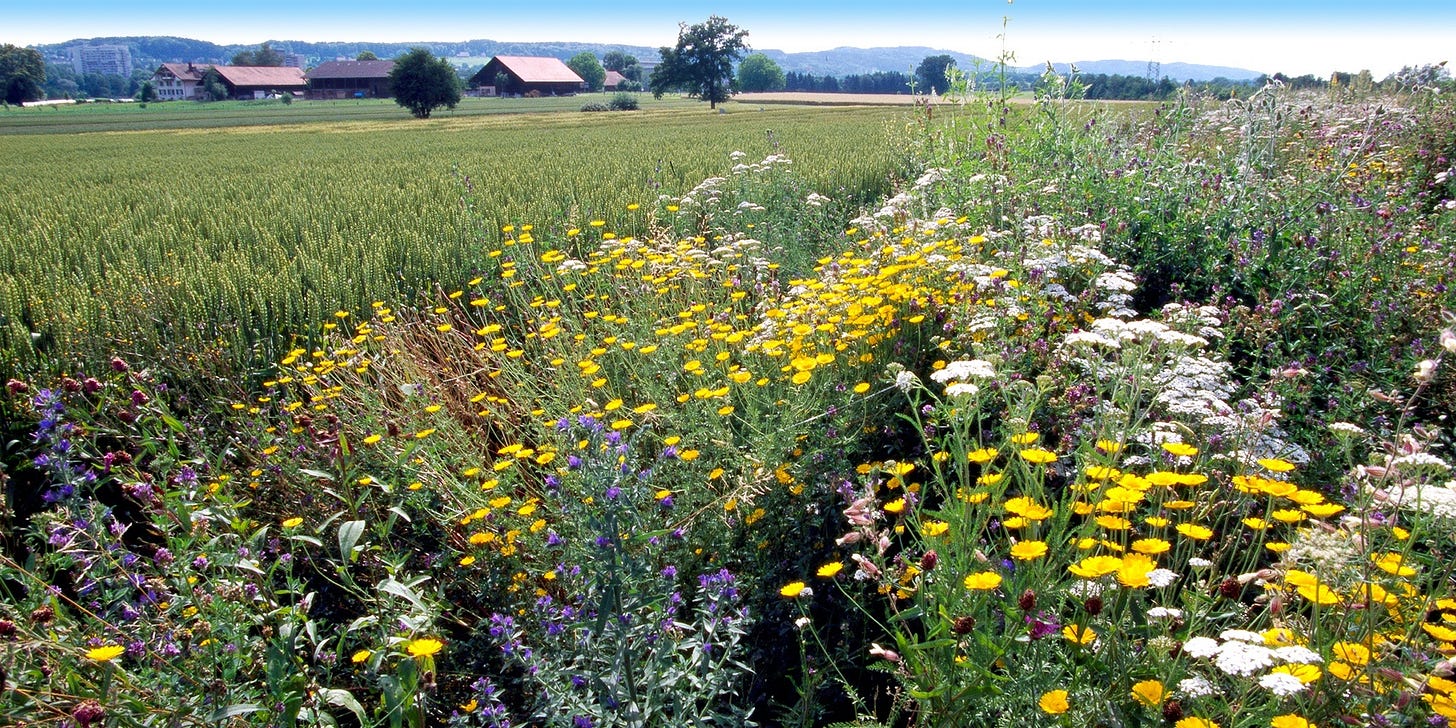
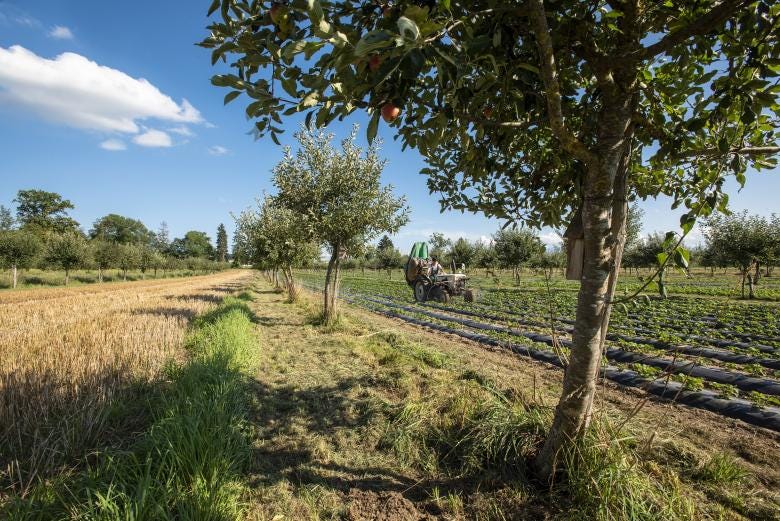
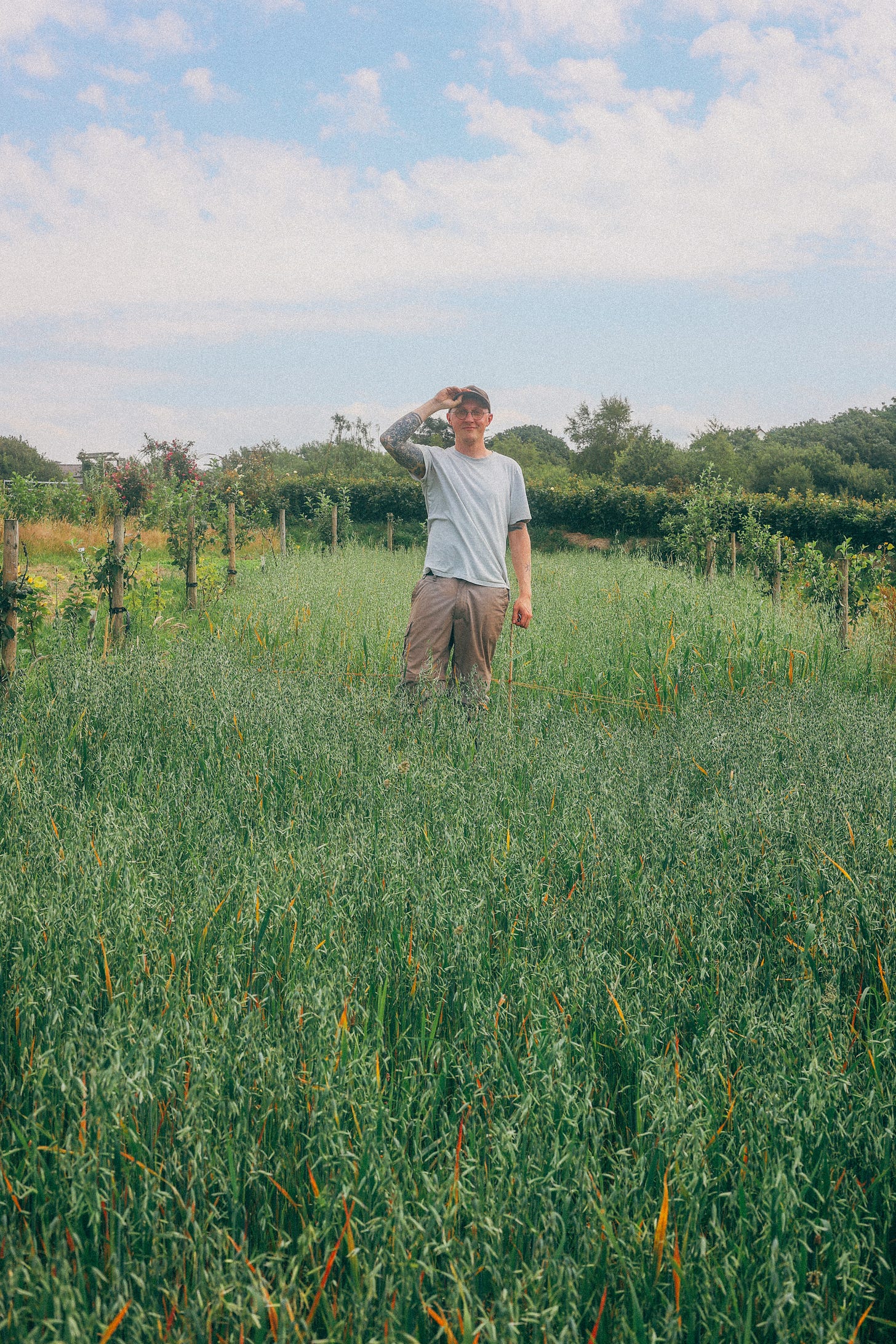

You have proved that no moss grows under your feet even when you are temporarily hindered. Wow, I felt like I learned so much "goodness",...about what can and is being done with positivity and chutzpah. I think I'm gonna have to put my coffee cup down and get busy. I had a full knee replacement 10 weeks ago...also recouping. Thank you for this post, these are politically trying times here in the states.
Thank you for the uplift!
Feel better soon!